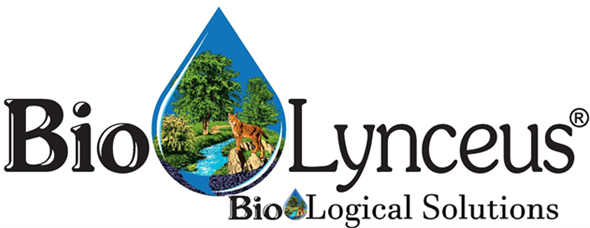Collection System 0.005 MGD
Hydrogen sulfide (H2S) gas commonly accumulates in collection systems causing issues for wastewater utilities. This compound is produced when sulfate reducing bacteria (SRB) break down organic material under anaerobic conditions.1 H2S has an unpleasant smell and is biologically converted into acids that causes pipe, lift station, and manhole corrosion over time.
This gas can also be harmful to sewer workers at high concentrations. Because, of the above complications, wastewater managers are highly motivated to reduce H2S concentrations in sewer infrastructures. Bioaugmentation can help mitigate the odors and corrosion caused by H2S accumulation.
The following paragraphs explain a successful H2S reduction using a biological wastewater additive, ProBiotic Scrubber® OCC (PBOCC), in a 0.005 MGD collection system.

Figure 1. Corroded manhole after eight years with H2S concentrations of 100-1,200 ppm (Retrieved at https://www.miwea.org/docs/Keys%20Presentation.pdf).
BioLynceus® PBOCC was recommended to the MDWCA to reduce H2S concentrations in the force main and manholes. Bioaugmentation was initiated in August in the lift station ahead of the force main. Product was dosed daily through a feed pump on the lowest setting. The live bacterial cultures in PBOCC were intentionally selected to reduce SRB abundance, fats, oils, and grease (FOG), and debris in collection systems.
Within one month, OdaLog data showed, H2S concentrations in the headspace of the force main were consistently decreased to under 100 ppm. The manholes H2S levels were reduced to 25 ppm. Associated sulfide odors were also reduced in the collection system. The MDWCA was pleased to have lower H2S levels, because the structural integrity of the force main and manholes would be maintained for longer.

Figure 2. Removed section of force main before (top) BioLynceus® PBOCC treatment and after (bottom) six months of applications. The treated pipe section had considerably less FOG buildup.
An additional side benefit of the PBOCC treatment was that FOG buildups in the force main were better degraded. A section of pipe was removed six months into treatment. When this section was compared to one removed prior to treatment, the MDWCA found a two-inch FOG reduction in the line.
Overall, augmenting the collection system with PBOCC reduced H2S and sulfide odors. The unexpected FOG reduction improved flow through the force main.
BioLynceus® ProBiotic Scrubber® OCC helps reduce H2S in collection systems.
1 Gerardi, M. (2016). Wastewater Bioaugmentation and Biostimulation. Lancaster, Pennsylvania: DEStech Publications, Inc. Pp. 20-21. https://www.amazon.com/Wastewater-Bioaugmentation-Biostimulation-Michael-Gerardi/dp/1932078789
